THE jade plant, scientifically known as Crassula ovata, is a fascinating succulent that is very popular among gardening enthusiasts. Native to South Africa and Mozambique, this plant is easy to grow and brings an exotic touch to any environment, whether indoors or outdoors. In today's post, I'll share everything you need to know about this incredible plant, from its unique characteristics to the best cultivation practices.
Let's explore together the particularities of the jade plant, its most interesting varieties, and how to care for this succulent so that it thrives and decorates your home or garden with its shiny leaves and charming flowers.
Characteristics and Origins of the Jade Plant
The jade plant is a succulent native to Africa, especially South Africa and Mozambique, but is also found in places such as California and the Mediterranean. In its natural habitat, it grows in clay soils, rocky slopes and ravines, usually amid shrubs and open forests.
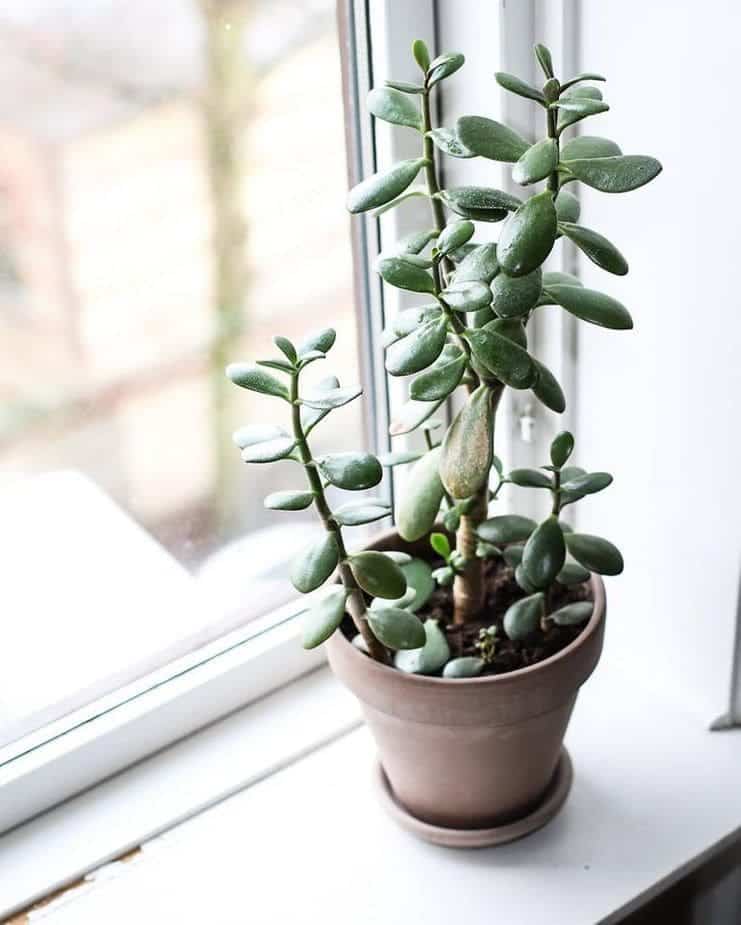
Its flowers are white to pink, appearing in winter, and attract pollinators such as bees, wasps, flies and butterflies. The fine seeds are dispersed by the wind after pollination. What draws the most attention to this plant are its succulent and shiny leaves, which can acquire a red margin when exposed to the sun.
Interesting Varieties
Crassula ovata has several varieties, each with unique characteristics:
- Crassula ovata 'Gollum': Known as “Shrek’s Ear”, it has tubular leaves.
- Crassula ovata 'Hummel's Sunset': It has leaves that acquire a golden and reddish hue when exposed to full sunlight.
- Crassula ovata 'Lemon & Lime': A variegated variety with cream stripes on the leaves.
Jade Plant Cultivation
The jade plant is easy to grow and can be kept both indoors and in the garden. It is important that the soil has good drainage to avoid root rot. I recommend repotting every three to four years in the spring, preserving a good portion of the roots.
Ideal Soil
The ideal soil for a jade plant is well-drained. A substrate specifically for succulents is the most recommended. Mixtures that include coarse sand, perlite, or small stones help improve drainage.
Pruning and Maintenance
To keep your jade plant healthy and well-shaped, regular pruning is essential. Remove dead or damaged leaves and branches, and prune branches to maintain the desired shape. Pruning also encourages bushier, thicker growth.
Watering and Fertilization
This succulent tolerates drought well and should be watered regularly during its growing season (spring and summer), always allowing the soil to dry out between waterings. In winter, reduce the amount of water to prevent the roots from rotting. Fertilization can be done every four or five weeks with a fertilizer specifically for cacti and succulents.
Watering Frequency
Water your jade plant only when the soil is completely dry. In winter, watering frequency should be reduced significantly to avoid over-moistening the soil.
Fertilizer Type
Use a slow-release fertilizer specifically for succulents and cacti that is low in nitrogen but high in micronutrients. Apply the fertilizer during the spring and summer to promote healthy growth.
Sun Exposure and Temperature
The jade plant adapts to both filtered sunlight and shaded environments. However, in regions with intense sunlight, it is important to protect the plant from direct midday sun to prevent leaf burn. In places with temperatures below 10°C, it is recommended to house the plant indoors.
Sunlight
The jade plant prefers indirect sunlight, but can tolerate some direct sun exposure. Filtered light or partial shade is ideal to keep its leaves green and shiny.
Cold Protection
In cold climates, it is essential to protect the jade plant, as it does not tolerate temperatures below 10°C well. Bring the plant indoors or use protective coverings during periods of extreme cold.
Propagation
Jade plant propagation can be easily done through leaves or cuttings. Leaves root easily when placed on sandy or gravelly soil. Cuttings can also be planted directly into the soil.
Propagation by Leaves
To propagate by leaves, choose a healthy leaf and let it dry for a few days until a callus forms on the cut end. Then place the leaf on sandy soil and wait for it to root.
Propagation by Cuttings
Cut a healthy branch and let it dry for a few days. Plant the cutting in well-draining soil and water lightly until roots begin to develop.
Benefits of Jade Plant for the Environment
The jade plant isn’t just a beautiful addition to your garden or home; it also has benefits for the environment. As a succulent, the jade plant helps purify the air by removing toxins and increasing humidity. Additionally, its succulent leaves store water, helping to maintain humidity in dry environments.
Feng Shui and the Jade Plant
In Feng Shui, the jade plant is considered a symbol of good luck and prosperity. It is often used as an amulet to attract wealth and success. Placing a jade plant at the entrance of your home or in the prosperity corner of your office can bring positive energy and abundance.
How to Make a Jade Plant Bonsai
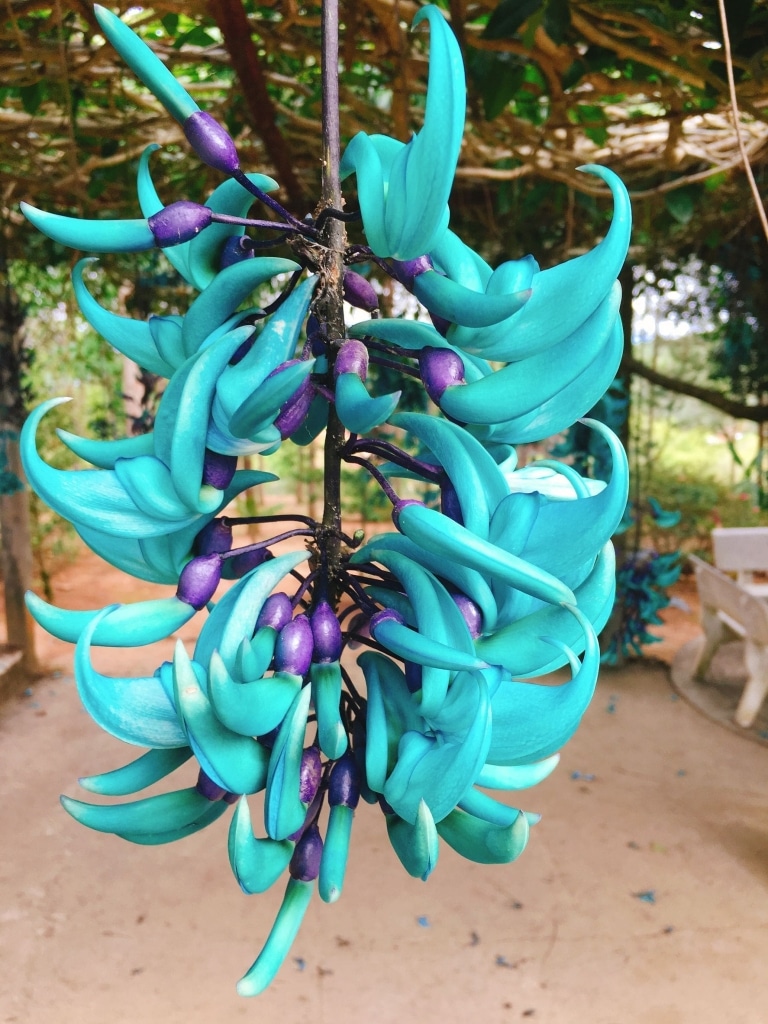
The jade plant is also popular for bonsai cultivation. Its ability to be pruned and shaped makes it an excellent choice for bonsai, allowing you to create charming miniatures. Let’s look at how to turn your jade plant into a bonsai, from choosing the right pot to pruning techniques.
Choosing a Pot
Choose a small, shallow pot with good drainage. Ceramic pots are ideal for keeping soil moisture in check.
Pruning Techniques
Prune regularly to maintain desired shape and encourage new growth. Use sharp, sterilized tools to prevent infection.
Disease Prevention and Treatment
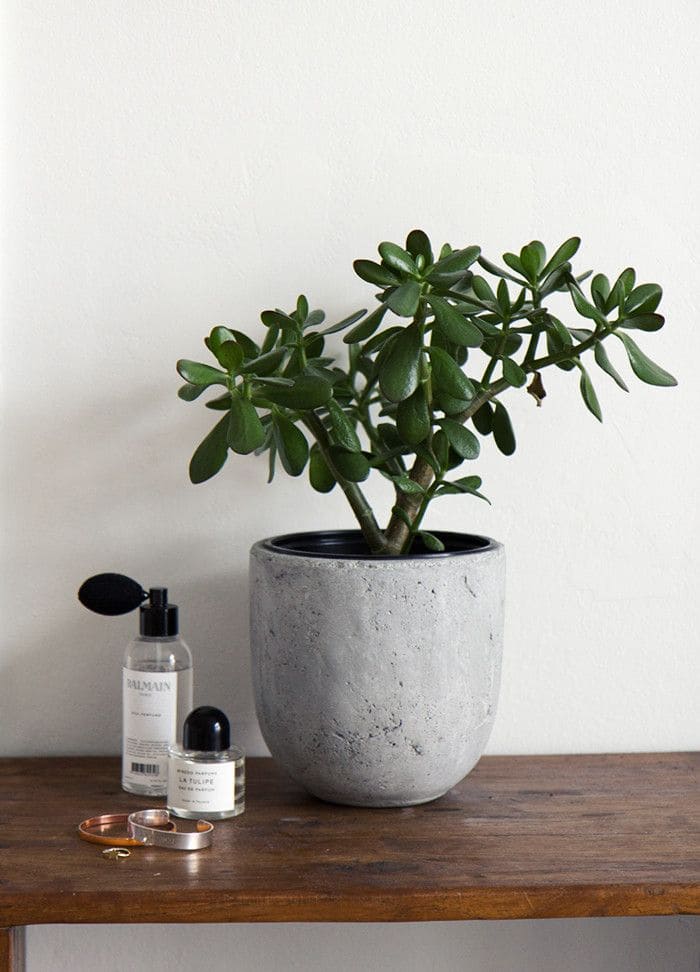
Like any plant, jade plants can be susceptible to pests and diseases. It’s important to keep an eye out for signs of infestation, such as yellowing or drooping leaves. Here, we’ll discuss the main pests that can affect your jade plant and how to treat them using safe, organic methods.
Common Pests
The most common pests that affect jade plants are mealybugs and aphids. Use a mild soap and water solution to safely and effectively control these pests.
Fungal Diseases
Excess moisture can lead to fungal infections. Make sure the soil has good drainage and avoid overwatering to prevent fungal diseases.
Garden Design with Succulents
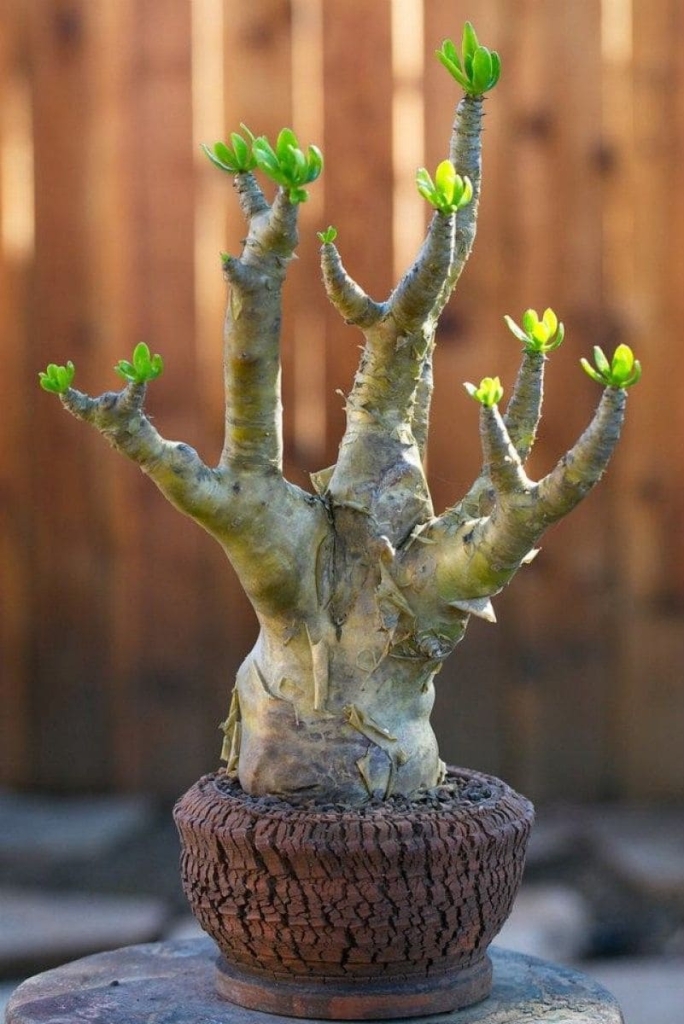
If you're a succulent enthusiast, why not create a themed garden with several species? The jade plant can be combined with other succulents to form incredible landscapes. Let's explore design ideas for succulent gardens, including color combinations and textures.
Color Combinations
Combine the jade plant with succulents of varying colors, such as purple Echeverias and yellow Sedums, to create a visually appealing garden.
Structures and Textures
Use rocks and gravel to add texture to your garden and highlight the beauty of your succulents. Pots of different sizes and shapes can also create an interesting effect.
Companion Plants for Jade Plant
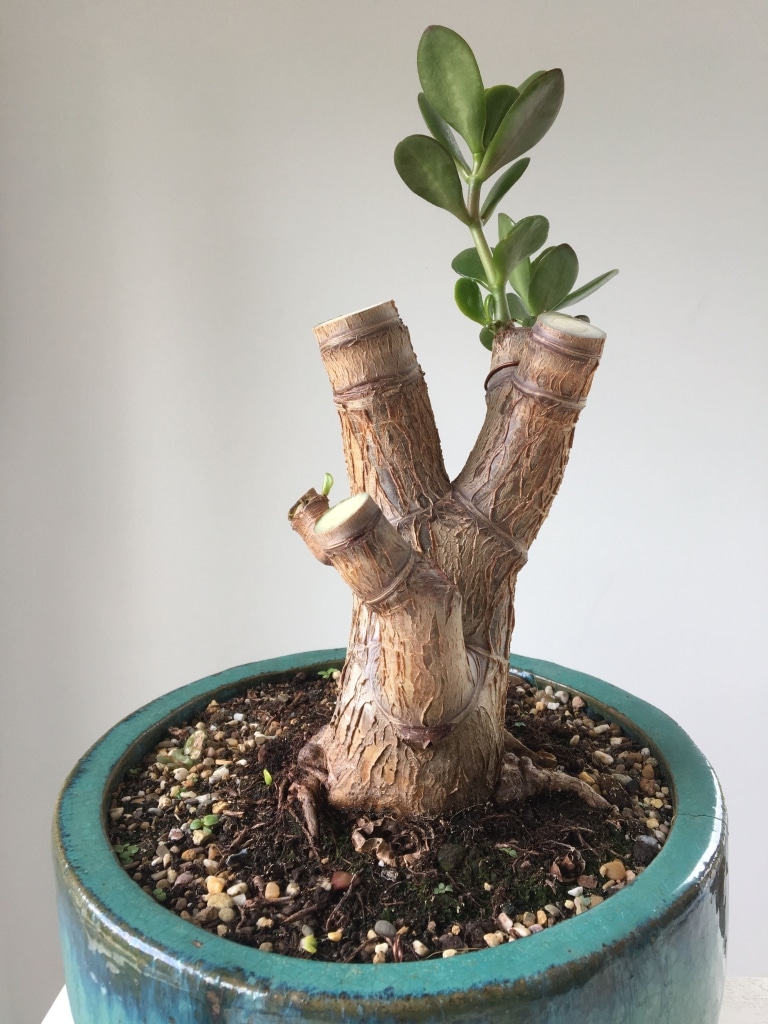
Some plants grow better when planted close together. Find out which are the best companion plants for the jade plant and how they can benefit each other, from improving the soil to protecting against pests.
Soil Improvement
Plants like aloe vera and cactus can help improve the quality of the soil around them, providing better growing conditions for the jade plant.
Pest Protection
Aromatic plants such as lavender and rosemary can act as natural pest repellents, protecting the jade plant from infestation.
The Art of Propagating Succulents
Expanding your succulent collection can be a rewarding experience. Learn advanced propagation techniques for succulents, including the jade plant. We’ll discuss methods such as propagation by leaves, cuttings, and even grafting.
Propagation by Grafting
Grafting is an advanced technique that involves joining two plants together to create a new variety. Learn how to graft succulents effectively to create unique plants.
Environmental Impact and Sustainability
Choosing plants like jade plants can contribute to the sustainability of your garden. Let’s discuss how succulents in general help conserve water and how you can create a more sustainable garden by choosing plants that require fewer resources.
Water Conservation
Succulents are plants that require little water, helping to conserve this precious resource. Plan your garden with plants that have similar needs to maximize water savings.
Sustainable Garden
Create a sustainable garden by choosing native plants and succulents that adapt well to your local climate. This will reduce the need for additional resources like water and fertilizer.
Frequently Asked Questions
1. How should I water my jade plant?
Water regularly in spring and summer, allowing the soil to dry out between waterings. In winter, reduce the amount of water.
2. What is the best type of soil for the jade plant?
Use a common succulent potting mix with good drainage.
3. Can I grow jade plant indoors?
Yes, as long as there is good air circulation and plenty of light.
4. How to protect the jade plant from intense sunlight?
Avoid direct exposure to midday sun and gradually adapt from shade to sun.
5. What is the minimum temperature that the jade plant tolerates?
The jade plant does not tolerate temperatures below 10°C. In cold regions, shelter it indoors.
6. How to propagate the jade plant?
Propagation can be done through leaves or cuttings, which root easily in sandy or gravelly soil.
Did you like this amazing tip? If so, share it with your friends and on your social networks. Leave your comment below and your suggestions. Receive it daily here on our website. Blog of ideas and tips free and follow us on Google News too. Thank you!